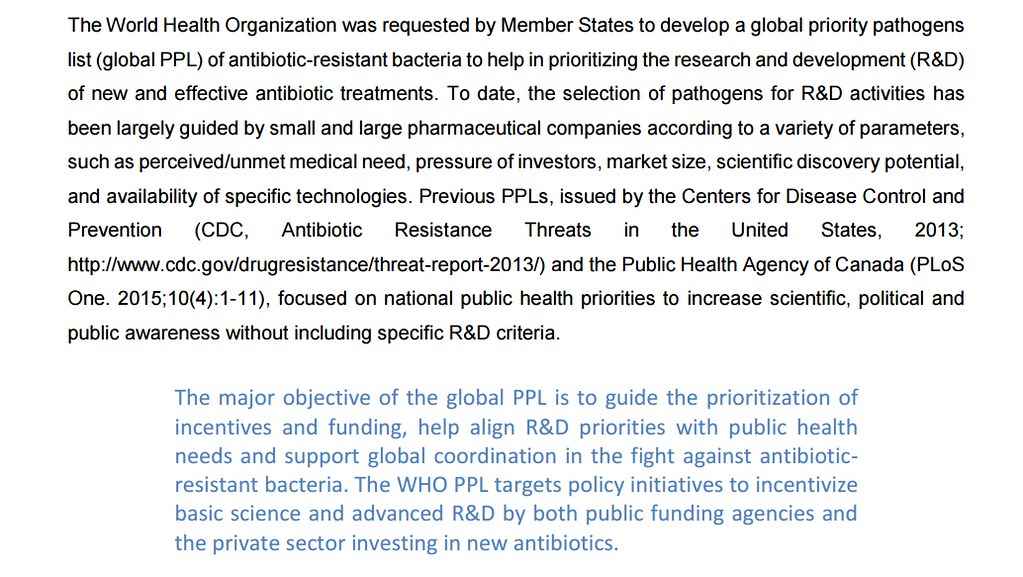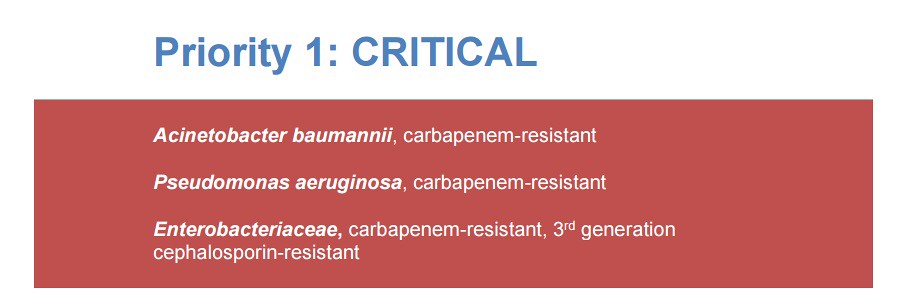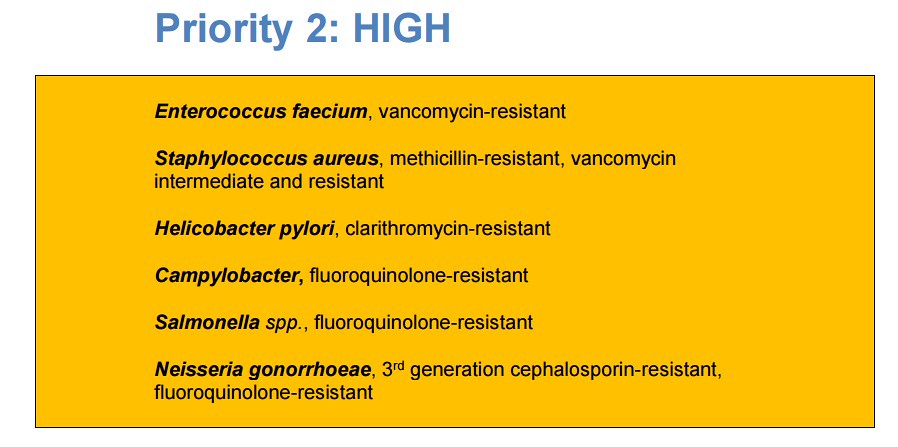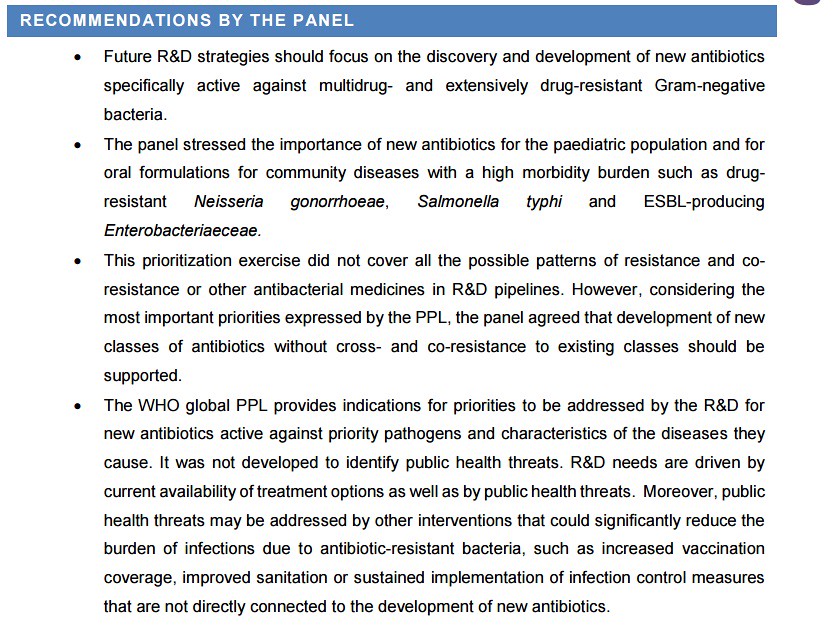WHO?
Who are the WHO? What is the WHO? According to the "Wikipedia" page for the "World Health Organization" - the organization:
The World Health Organization (WHO) is a specialized agency of the United Nations that is concerned with international public health. It was established on 7 April 1948, headquartered in Geneva, Switzerland. The WHO is a member of the United Nations Development Group. Its predecessor, the Health Organization, was an agency of the League of Nations.The constitution of the World Health Organization had been signed by 61 countries on 22 July 1946, with the first meeting of the World Health Assembly finishing on 24 July 1948. It incorporated the Office international d'hygiène publique and the League of Nations Health Organization. Since its creation, it has played a leading role in the eradication of smallpox. Its current priorities include communicable diseases, in particular HIV/AIDS, Ebola, malaria and tuberculosis; the mitigation of the effects of non-communicable diseases; sexual and reproductive health, development, and aging; nutrition, food security and healthy eating; occupational health; substance abuse; and driving the development of reporting, publications, and networking.The WHO is responsible for the World Health Report, a leading international publication on health, the worldwide World Health Survey, and World Health Day (7 April of every year). The head of WHO is Margaret Chan.The 2014/2015 proposed budget of the WHO is about US$4 billion.[1] About US$930 million are to be provided by member states with a further US$3 billion to be from voluntary contributions.[1]
A coalition of countries with the objective to eradicate specific diseases like smallpox while mitigating the communicable diseases like HIV, Ebola, Malaria, and Tuberculosis. As one can imagine, the responsibility alone by the organization is not enough to handle the diseases mentioned above. Although with participation from global economies -- which are made up of global companies which produce vaccines and medical equipment to help win the battle of emerging diseases, these issue can be handled.
Antibiotics and vaccines play a major role in fighting diseases around the world. Although, any one country (or nation) can produce a great new treatment to combat a global disease, but without global communication, the disease will continue to propagate. The World Health Organization (WHO) is responsible for being the 'global conduit' through which information and treatments flow around the world to ensure a healthier and safer place. Continued cooperation is necessary among countries. Which is why guidance (reports) is necessary on critical issues such as antibiotic resistance -- discussed below.
Antibiotic Resistance
The World Health Organization released a report regarding the emergence of 'antibiotic resistance' strains which pose a potential threat in the future if not dealt with now. Naturally, after hearing the statement one might have the following question:
How does a country or a consortium of countries deal with such a feat?
Three days ago, the World Health Organization provided a list of categorized threats which was made up by a panel of stakeholders. The objective of the list is shown below:
To prioritize pathogen research is of the upmost importance. Especially, when viruses like Ebola are hitting areas of the world which remain inaccessible. And when these areas are accessible, nowhere else is the point of a globalized health care initiative more exemplified. Part of the reason why the Ebola virus got as far as the US was because of a 'semi-global' (almost uniform) effort to combat it. Of course, the downfalls associated with the spread and vaccination against a virus such as Ebola were disjointed and driven by a profit -- i.e., small companies and political pressures.
Therefore, reading the introduction of a program with the purpose of having a uniform initiative to fight against 'antibiotic resistance' is reassuring to say the least. Currently, an administration is in place here in the United States which would like to see 'less regulation' -- i.e., less government. This path is dangerous from the standpoint of finding cures (new antibiotics, new treatments) for emerging diseases along with evolving bacterial strains. The efforts of the World Health Organization in gathering a global force to compile a list of priorities is refreshing. Of course, the list is a list. To make the research happen to address the threats listed -- needs scientific funding at all levels.
In case you are reading this and wondering whether the panel which made the suggestions up are biased or fueled by outside forces, here below is the methodology of the panel which came up with the list:
After reading the above paragraph, I had to resort to "Wikipedia" to shine a little more light on the meaning of the term "Multi-Criteria Decision Analysis" which stated:
Multiple-criteria decision-making (MCDM) or multiple-criteria decision analysis (MCDA) is a sub-discipline of operations research that explicitly evaluates multiple conflicting criteria in decision making (both in daily life or in professional settings). Conflicting criteria are typical in evaluating options: cost or price is usually one of the main criteria, and some measure of quality is typically another criterion, easily in conflict with the cost. In purchasing a car, cost, comfort, safety, and fuel economy may be some of the main criteria we consider – it is unusual that the cheapest car is the most comfortable and the safest one. In portfolio management, we are interested in getting high returns but at the same time reducing our risks, but the stocks that have the potential of bringing high returns typically also carry high risks of losing money. In a service industry, customer satisfaction and the cost of providing service are fundamental conflicting criteria.In our daily lives, we usually weigh multiple criteria implicitly and we may be comfortable with the consequences of such decisions that are made based on only intuition.[citation needed] On the other hand, when stakes are high, it is important to properly structure the problem and explicitly evaluate multiple criteria.[citation needed] In making the decision of whether to build a nuclear power plant or not, and where to build it, there are not only very complex issues involving multiple criteria, but there are also multiple parties who are deeply affected from the consequences.Structuring complex problems well and considering multiple criteria explicitly leads to more informed and better decisions. There have been important advances in this field since the start of the modern multiple-criteria decision-making discipline in the early 1960s. A variety of approaches and methods, many implemented by specialized decision-making software,[1][2] have been developed for their application in an array of disciplines, ranging from politics and business to the environment and energy.[3]
Often considering real world problems involves evaluating conflicting viewpoints. In order to reach a decision, weighing in all of the view points is critical. Now that we have the assurance that the panel of experts took a wide range of issues into account in developing a list of potential threats, lets take a look at the list. Shown below are three categories with each of the threats listed:
Critical:
High:
Medium:
In addition to the bacterial pathogens listed above, the panel assembled also offered a few "recommendations" regarding future direction for the Research & Development of antibiotics to head as shown below:
In addition to the "recommendations" by the panel to guide scientists and policy makers moving forward, the panel also offered a few "remarks" about the report and the information contained within it shown below:
Aside from the list of antibiotics which are compromised or threatened, I think the above remarks shed light on the importance of the report overall. As noted, the heterogeneity (mixed) implementation throughout regions (voluntary countries) remains a significant problem toward combating antibiotic resistance. The education to the world at large needs to be uniform. Otherwise, enlisting stakeholders to participate will be very difficult to do.
Who are these stakeholders?
The public, physicians, hospital administrators, large corporations, and farmers to name a few. Anyone who indiscriminately uses antibiotics without concern that the need is present. Each of us need to evaluate the need to use antibiotics. Just prescribing anyone with an infection a course of treatment is dangerous to those down the line who really need a course of antibiotics.
Nature is resilient in evolving. Which means that bacteria and viruses are evolving constantly in time. This is a natural course for them to follow -- to survive. If the science community cannot keep up in discovering new antibiotics, the war will be lost to the so-called 'super bugs.'
Not to worry, as mentioned in the report the occurrence of infections was not measurable in the institutions which participated. Which means now is the time to invest more heavily in research to investigate and discover a new target for an antibiotic -- a more efficient and effective drug.
Recently, in an article in the journal "The Scientist" titled "WHO Lists Antibiotic Development Priorities" the need to further research was made clear by the WHO's Assistant Director of Health Systems Paule Kieny:
“This list is truly an example of society . . . requesting the R&D response to an urgent public health need,” Kieny said. “With this list we are also asking governments to commit funds to R&D to address antibiotic resistance now in order to reduce the amount of resources that they will need to spend later when resistance to antibiotics develops into an even bigger crisis.”It’s not enough to ask governments to help fund and drugmakers to produce new antibiotics, said Kieny: “stewardship”—the responsible administration of these compounds—is also important. Beyond calling for novel antimicrobials, she said, “we need also to look at how best . . . to avoid overuse and misuse.”
The above comments made by Paule Kieny should be common sense. Instead of burning through our resources to treat 'reactively' we should be thinking in terms of combating illnesses 'proactively'. Stepping away from the report at hand (on pathogens), the above arguments could be extended toward modern medicine at large. In a recent post, I discussed how the US was selling oil for extra science funds for the federal agency -- the National Institutes of Health. Instead of needing extra funding, why not shift the funding away from Medicaid and Medicare toward research. No, I am not talking about taking any coverage away from people.
What I am proposing is to invest more of the 'pie' (larger percentage) of the total funding for the Health and Human Services to save downstream cost. Instead of saving money and frantically calling on our science community to solve unknown problems due to evolution, why not give more money upfront to solve the problems which exist at the moment. Treat now through science and save money downstream. See the pie chart of government spending in the blog post mentioned here.
Spending money on research into combatting bacteria is one example. Below, I highlight two recent advances toward combatting 'antibiotic resistance.'
New Antibiotics?
In a blog post written last year (less than a few months ago), I discussed new research which shed light on antibiotic resistance research. There is a brief introduction to the topic in that post. With each new finding, new developments can proceed. Of course, if the development just ended with the discovery of a new target -- antibiotic drug discovery would be much easier. Remember, my introductory blog to drug discovery which lists the steps taken to get a drug approved and to the market. Furthermore, in a follow-post, the exact steps were laid out to drive home the point that drug discovery takes years to come to fruition. Therefore, the need is now to elevate science funding. Right about now, you might be thinking the following question:
Great Mike, I am all for science, so why are you trying to convince me?
The reason why is centered around our elected officials who guide funding to resource agencies. In the beginning of the year after President Trump was inaugurated, a "freeze" was conducted on federal agencies who help get the funds flowing from the stage of research to the stage of production to approval. I wrote about the 'freeze' in a blog about the President's power to forbid the public about science. Science which is tax-payer funded. Which means -- you decide by your vote who gets funding!!!
Just yesterday, in an article in the journal "Lab Manager" titled "Novel Amyloid Structure Could Lead to New Types of Antibiotics" new research results were uncovered which could lead to combating strains such as Staphylococcus aureus:
The highly pathogenic Staphylococcus aureus bacteria is one of the five most common causes of hospital-acquired infections. In the US alone, approximately 500,000 patients at hospitals contract a staph infection. It is the bacteria responsible for MRSA, for which there is no vaccine.Assistant professor Meytal LandauAssistant professor Meytal LandauPHOTO COURTESY OF THE TECHNION-ISRAEL INSTITUTE OF TECHNOLOGYBut all that could change, thanks to groundbreaking findings published Feb. 24 in Science by a Technion-Israel Institute of Technology team led by assistant professor Meytal Landau of the Faculty of Biology. The researchers discovered, for the first time, unique amyloid fibrils through which the pathogenic and highly drug resistant Staphylococcus aureus bacterium attacks the human cells and immune system. The research could advance the discovery of antibiotics with a novel mechanism of action that will attack key bacterial toxins.
The research discussed above is an approach which differs greatly from traditional antibiotic research. Traditionally, the research is centered around finding a way to dismantle to kill the bacteria by targeting an active site on the bacteria. The research above differs in that bacteria use a pathway which involves 'amyloid fibers' as ammunition. Current efforts by the team include ways to dismantle the 'ammunition' instead of going after the target themselves. Very interesting:
She estimates that the new discovery will lead to the development of antibiotics with a new action mechanism. Such drugs will inhibit the amyloid formation thereby neutralizing one of the important ‘weapons’ in the arsenal of this pathogenic bacterium. In her opinion, since this antibiotic is not aimed at killing the bacterium but only reducing its toxicity to humans, it will not lead to a rapid development of bacterial resistance towards it.“Resistance to antibiotics develops in bacteria due to evolutionary pressure—natural selection leads to the growth of bacteria which antibiotics are unable to kill,” she said. “If we reduce the pressure on the bacterium and don’t kill it but rather prevent its pathogenic aspects, the resistance will probably not rush to develop.”
Novel approaches like the one highlighted above have the potential to offer a solution which is easier to fund and approve. Medicines are already being developed to attack amyloid fibers. Amyloid fibers have been studied quite extensively over the past few decades -- which might help speed the process of developing new antibiotics more quickly. Which gives us (science and society) an advantage for the moment until the next 'super bug' appears.
Conclusion...
Whenever I think of the topic of antibiotic resistance, I think of my father who is a surgeon. He was very resistant toward administering courses of antibiotics to us as children and adults. His overarching thought was that the human body does a larger service to itself by building up natural immunity toward invaders. Of course, some times, our defenses our down to the point of becoming defenseless at which point -- prescribing a treatment is valid.
I was fortunate to have parents in the medical field. Hours (and days) on end were spent on lecturing to us children about medicine. Out of these long lectures grew out an appreciation for science. For me, a lifetime of love with science. I have been writing a fair amount about the topic of increasing spending on scientific research since science impacts every aspect of our daily lives. We just don't realize this truth.
Furthermore, we do not realize the importance of writing to our elected officials to tell them our opinions. Opinions differ, but we all can agree that participating in democracy is healthy. I wrote a blog about writing your elected official recently. The officials do actually write back and share their views on matters of importance. I would encourage you to follow the actions of scientists and journalists and write or express your opinion in some form to support science and a free press. Through the process of research and discovery, new treatments will emerge. Through the free press, new treatments can be discussed and highlighted for the general public to utilize and appreciate.
Until next time, have a great day!







No comments:
Post a Comment